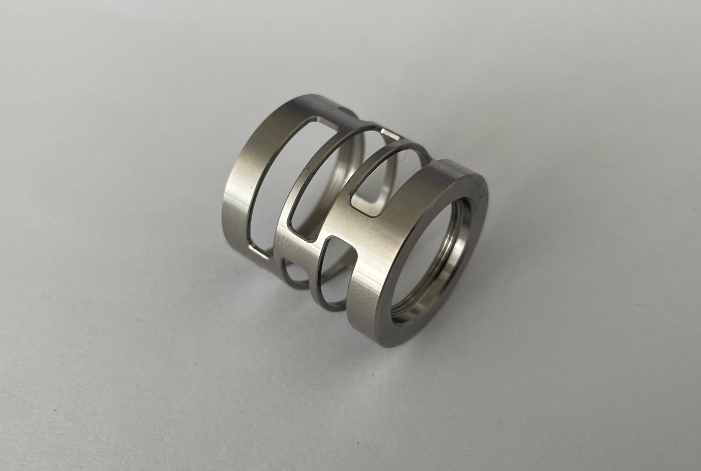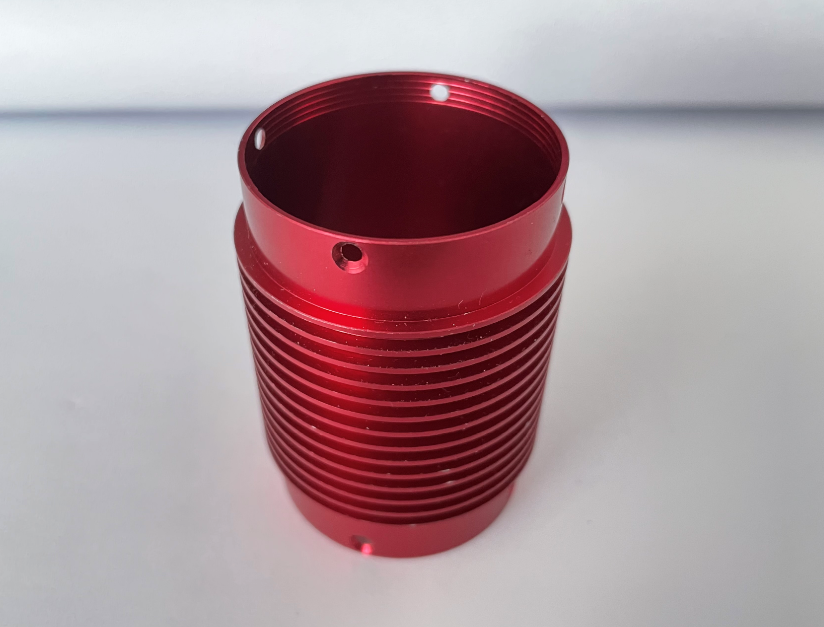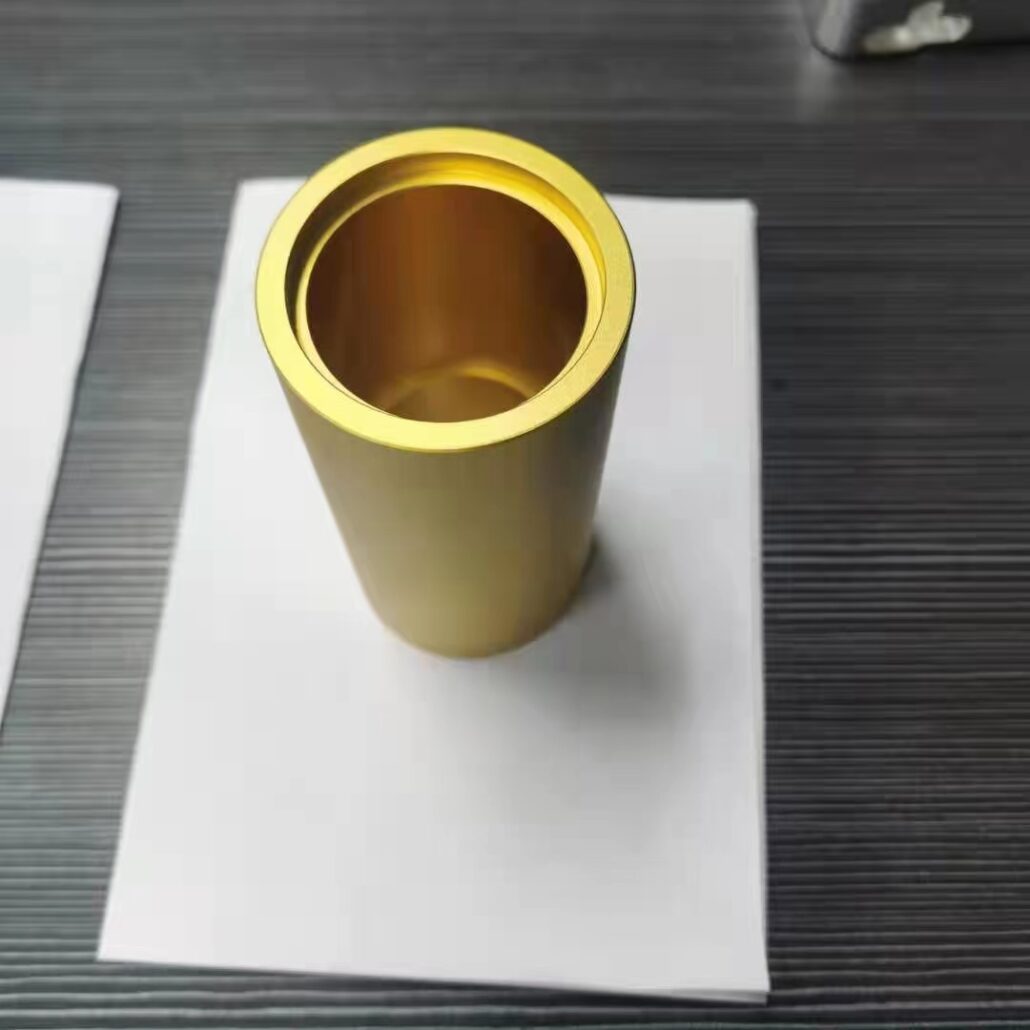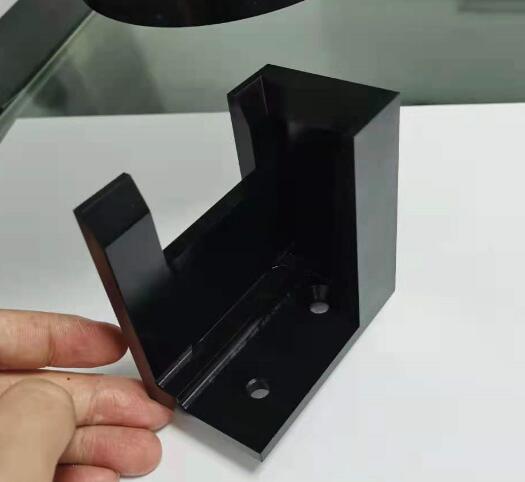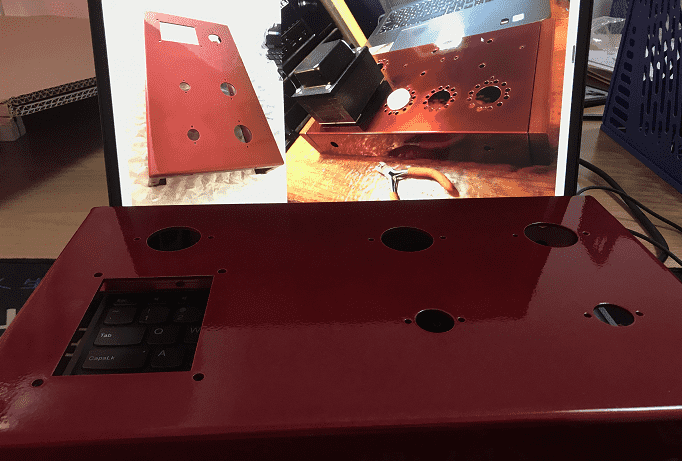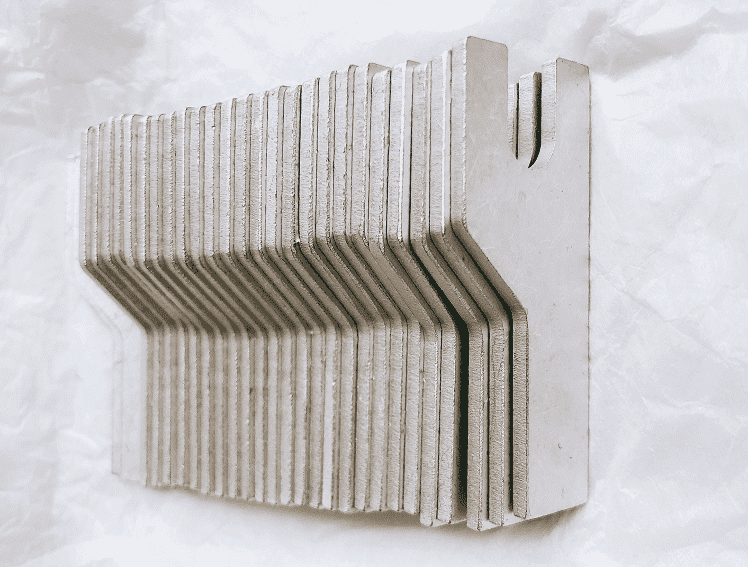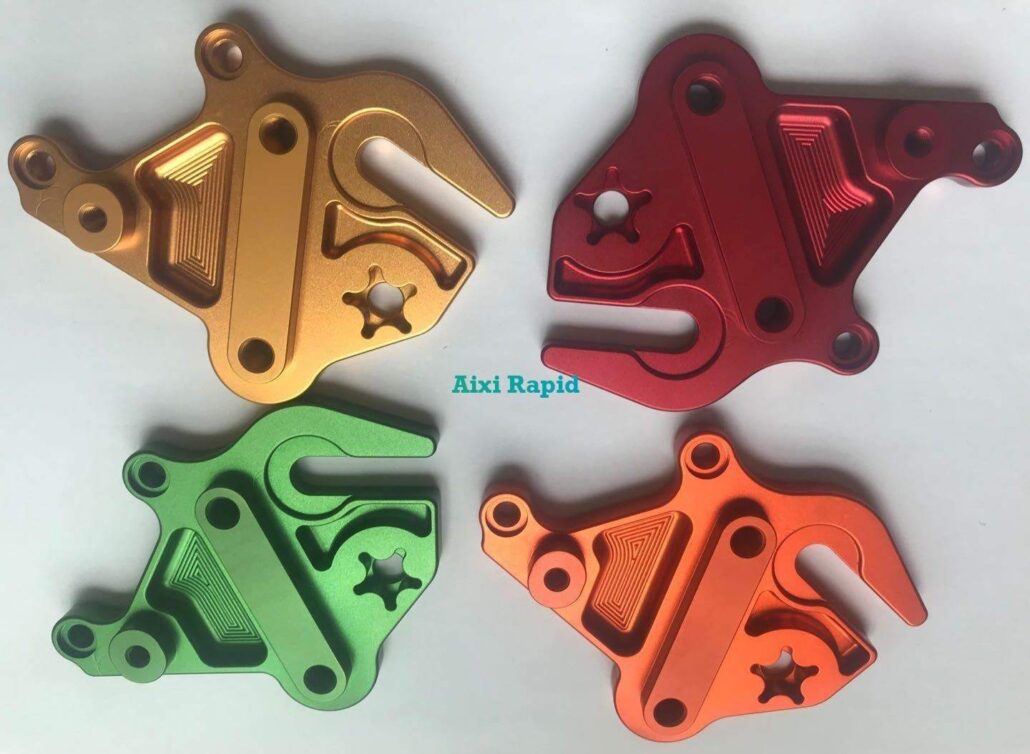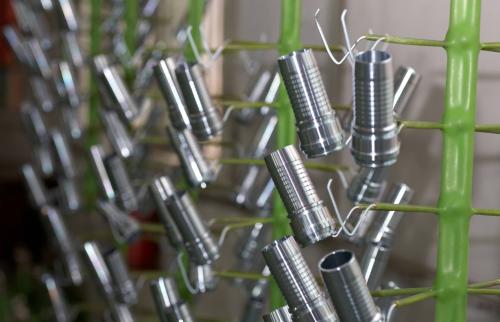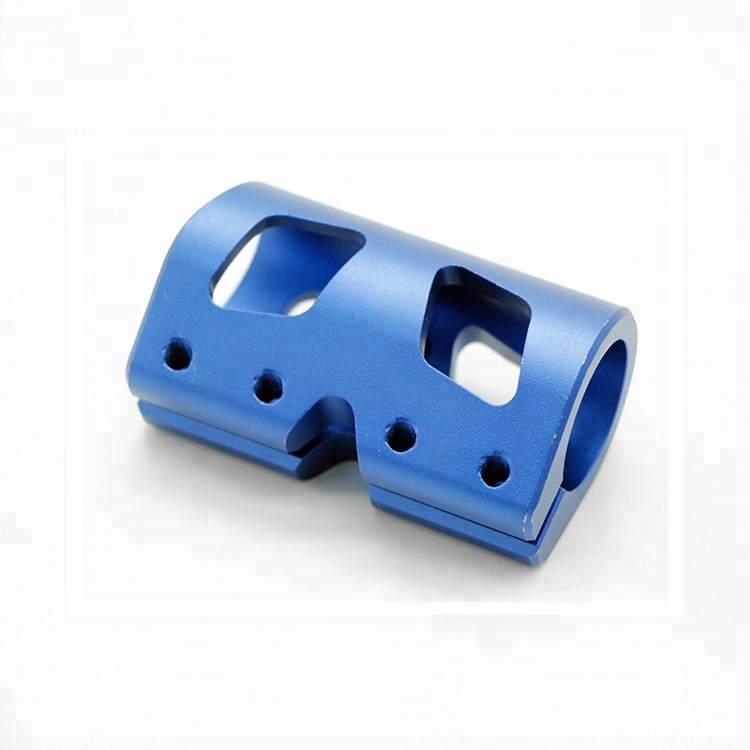Passivation is a method to transform the metal surface into a state that is not easy to be oxidized, and to delay the corrosion rate of the metal. In addition, the phenomenon that an active metal or alloy becomes a noble metal with its chemical activity greatly reduced is also called passivation. Passivation advantages 1….
Category Archives: Surface Finishing
Anodized, powder coating, plating, painting, slik-screen, laser logo, polishing, brush.
With the continuous advancement of science and technology, there are more and more kinds of aluminum alloy surface treatment processes. The appearance of each treatment process is different, and its use is also different. What are the surface treatment processes of aluminum alloy 1. Highlight cutting Use a precision engraving machine to cut some parts…
Hello , if you can’t find a good color for anodized , you also can tell us the Pantone code, we can buy Pantone code color then anodized same color . More surface finsihing we can offer .
Why always have a bad surface for some factory ? not smotth . Because they only rough cnc machining the surface , and no precision milling it . maybe this is why always have a very lower price in China . because they delete lot of cnc work . For AIXI hardware , we will…
Advantages of powder spraying: a) High construction efficiency. For large-area operations, the construction staff can install multiple electrostatic spray guns and spray multiple at the same time, which can effectively shorten the spraying time and improve the spraying efficiency; b) Powder spraying is the corona discharge of the electrostatic spray gun to make the powder…
Copper tin plating can deposit a layer of bright metallic tin on the surface of copper. Copper-based electroless tin plating solution is mainly used for electroless tin plating of copper to increase the welding performance and decoration of copper. Used in the electronics industry, household appliances, food packaging, with anti-oxidation, increasing the beauty of copper…
The difference between hard anodizing and ordinary anodizing: Advantages of aluminum alloy hard oxidation: 1. The surface hardness of aluminum alloy after hard oxidation can reach up to about HV500. 2. The oxide film thickness is 25-250um. 3. Strong adhesion, according to the oxidation characteristics of hard oxidation: 50% of the formed oxide film penetrates…
Electroplating is the process of plating a thin layer of other metals or alloys on the surface of certain metals using the principle of electrolysis. According to the composition of the coating, the electroplating process can be divided into five categories: chrome plating, copper plating, cadmium plating, tin plating, and zinc plating. 1. Chrome plating…
Microplasma oxidation (MPO), also known as micro-arc oxidation, is a combination of electrolyte and corresponding electrical parameters. It grows on the surface of aluminum, magnesium, titanium and their alloys by the instantaneous high temperature and high pressure generated by arc discharge Ceramic film mainly composed of base metal oxide. In the process of micro-arc oxidation,…
The special process of spray coating application uses a special process to form a 0.5–1mm thick coating on the surface of the equipment. The coating has the following characteristics: 1. The coating and metal sound have extremely high binding force: the external force can not be removed basically, which solves the defect that the traditional…

 Deutsch
Deutsch Français
Français 日本語
日本語 Español
Español
